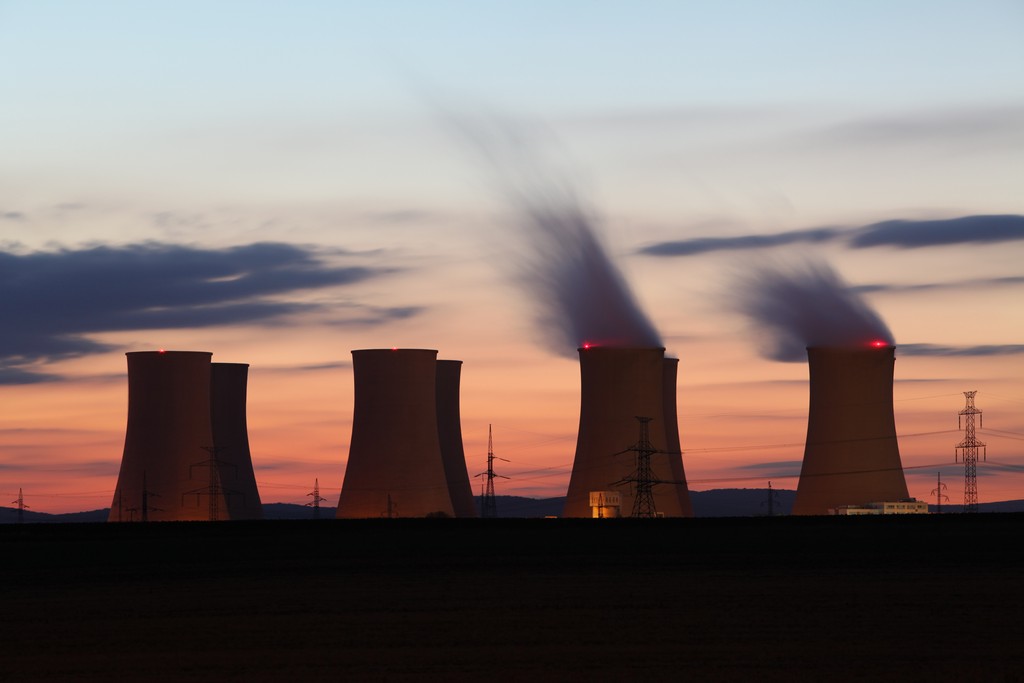Is the Philippines ready for FLOATING nuclear power plants?
- July 31, 2017
- 0

Zeneida Angara Collinson, the Philippines’ permanent representative to the United Nations in Vienna, Austria, said that the country’s geography can be turned into an advantage.
“Because the Philippines is composed of many islands, we are an archipelago, perhaps, the floating nuclear power plant could be an answer to develop and industrialize the far-flung islands in the Philippines,” she said in a statement to ABS-CBN News last Monday.
Collinson explained that the waters around the country’s islands are suitable sites for these ‘floating’ nuclear power plants. These would supply electricity to consumers in the off-grid areas.
Collinson was one of the 42 ambassadors meeting with the Russian State Atomic Energy Corp. (ROSATOM), Russia’s nuclear state agency, in Saint Petersburg.
She added that prior to adding nuclear to the country’s total energy mix, they will ensure that safety issues would be adequately addressed.
Carlos Sorreta, Philippine Ambassador to Russia, is also confident that the nuclear addition was “possible” for the country within Duterte’s term.
Last May saw President Duterte on his trips en route to China and Russia to build closer diplomatic ties with the two communist nations.
While his visit to President Xi Jinping was to ‘keep communication lines open’ amid the dispute over the West Philippine Sea, Duterte’s meeting with Moscow’s Vladimir Putin concluded with several bilateral deals, most notably its aid to developing the Philippines’ nuclear technology.
This resulted in the Department of Energy in Manila and the ROSATOM coming to an agreement in the same month to coordinate on the nuclear buildup to expand the country’s energy portfolio.